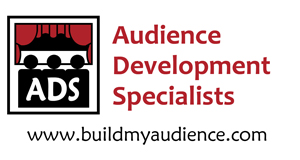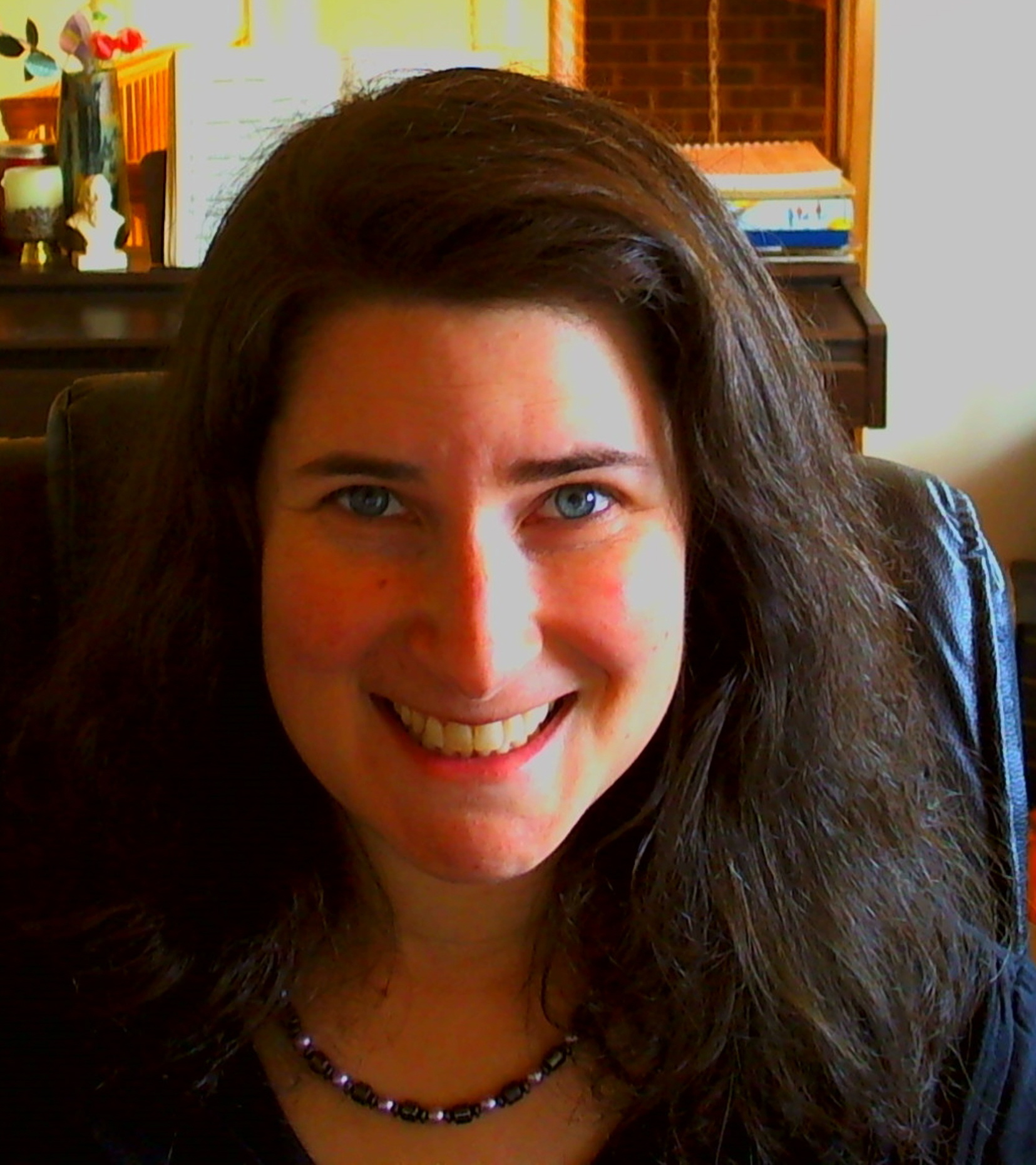I am going to show my age a little here, but I have been in the marketing arena for over 20 years now. I enjoy spreading the word, and adding the audience development relationship building into the mix to help sell out arts events. I have been staff at organizations as well as a consultant. In either case, I have found that sometimes the marketing folks are treated like they are “behind the scenes,” hidden from the artists they are marketing. Some of us may like being in the background, but as I have come to realize, the marketing people really do need to have access to the artists themselves to get the best angles and stories.
Let me explain. I find that whenever I am able to have a conversation with an artist, I am then able to glean from the conversation gems of descriptions that thoroughly explain their art and their programs. This makes it much easier to format a marketing campaign with the right message for telling the real story to the audiences. Otherwise, the message, a guess at best, could be wrong.
Case in point, a marketing team did not speak with an artistic director about a particular program. They “made up” the title of the program attempting to create a theme for the evening. It was found out later that the title did not reflect the program (maybe just a tiny bit), but the direction of the marketing was incorrect from the start.
Perhaps the artistic director was not accessible at the time, which could very well be. However, there are times when the marketing people are not encouraged to have conversations with the artists, and this, in my opinion, is a big mistake. Marketing people possess a particular type of brain.
Have you had a conversation with a marketing brain? We look at a situation and understand how to share in ways that will peak the interest for further consideration, and ultimately for purchase. We can’t help ourselves. Normally and naturally, when speaking with an artist, our brains automatically come up with an idea on how to share based on the best of what the artist has to say.
In a time when we need to tell our stories to have the audiences fully understand our art and organizations in order to not be lost in the shuffle, it is super important for the people that are attempting to share the stories, get the stories correct from the start.
In the end, allowing the marketing people to build relationships with the artists, evolving their positions closer to audience development, and bringing them into the light out of the hidden darkness of an organization is a smart choice for an arts business.
Thoughts?
Cheers to happy and loyal audiences,
Shoshana
Shoshana Fanizza
Chief Audience Builder, ADS
Into the more philosophical posts like this one? I have a book for you. The Tao of Audience Development for the Arts.




